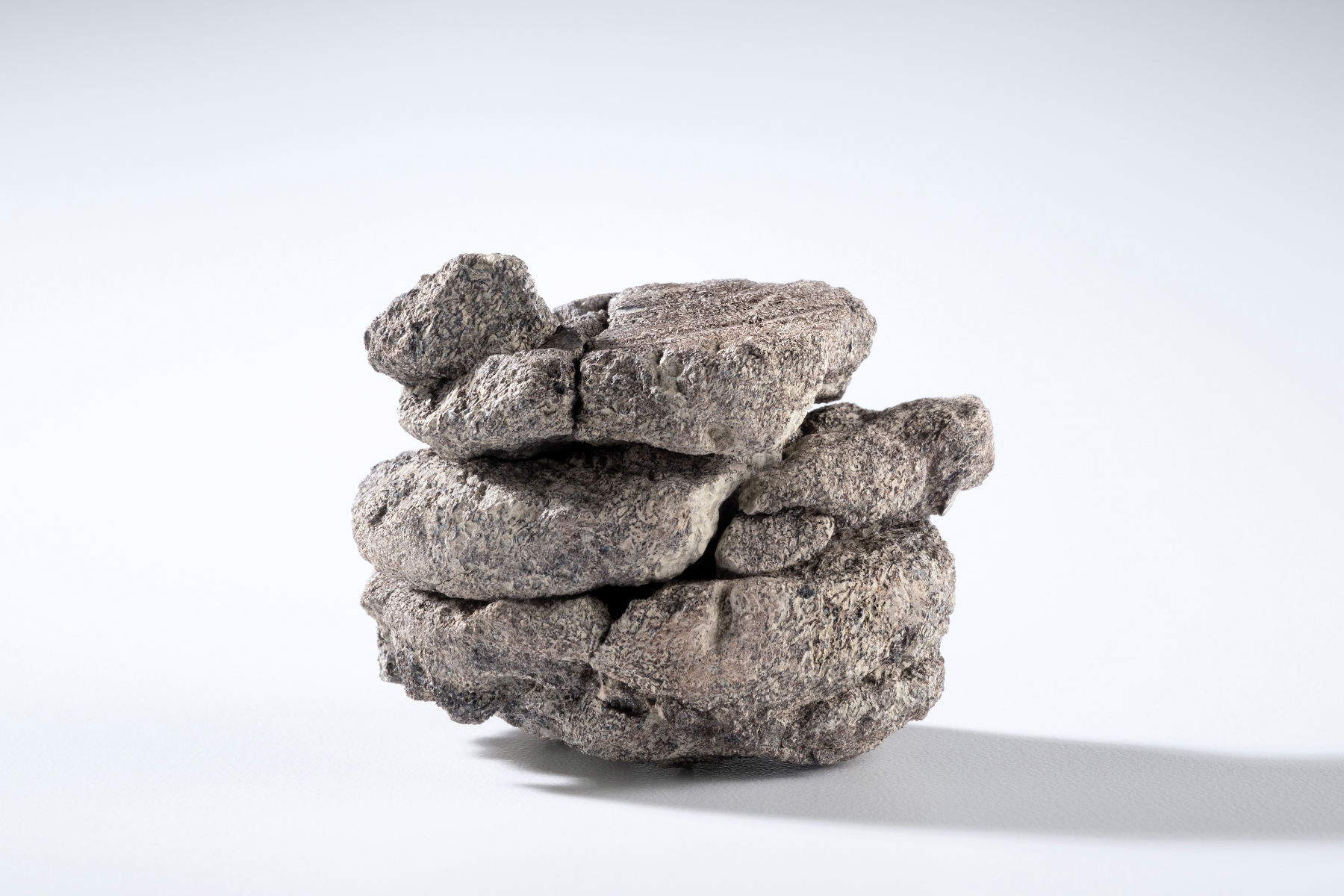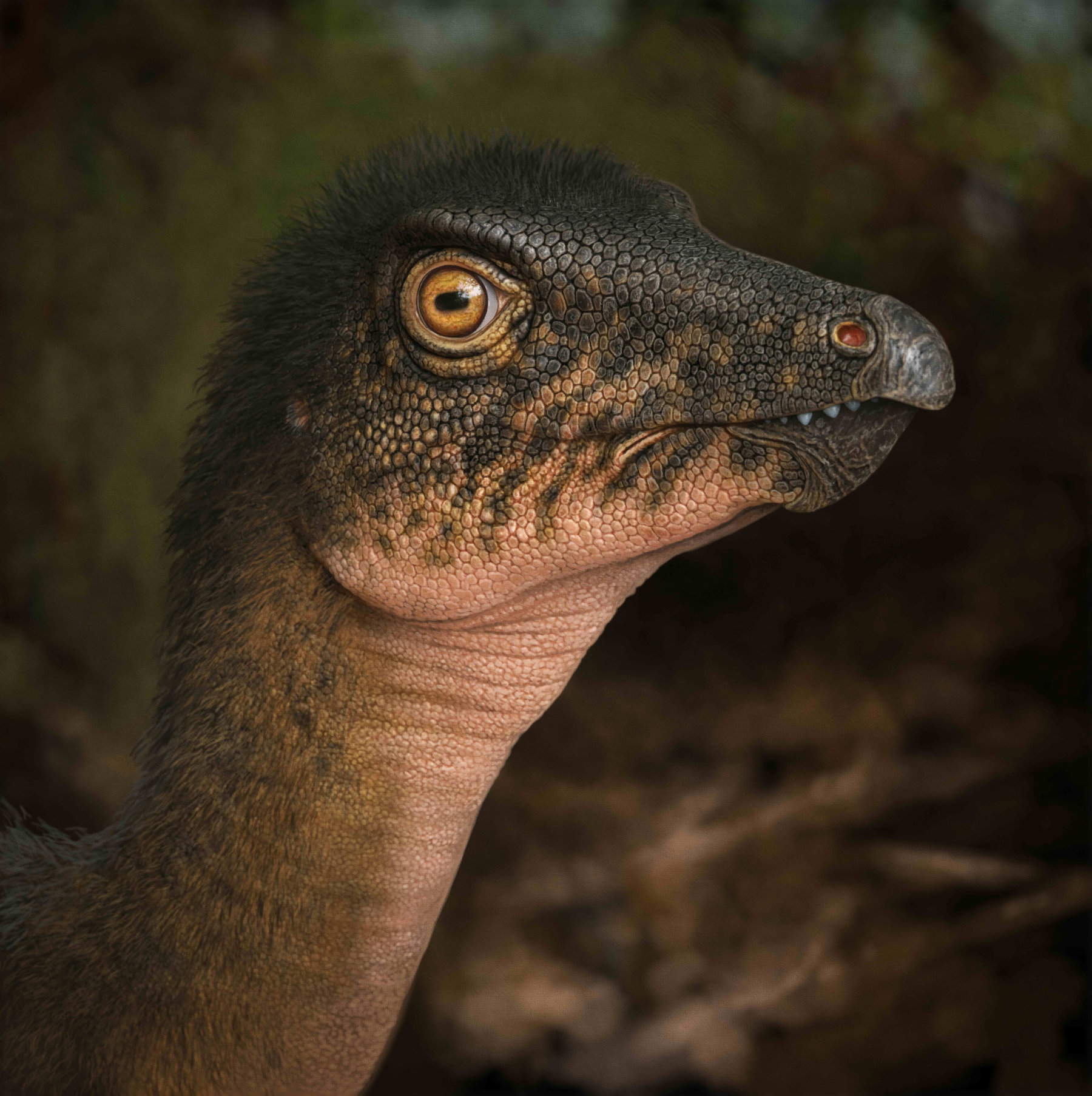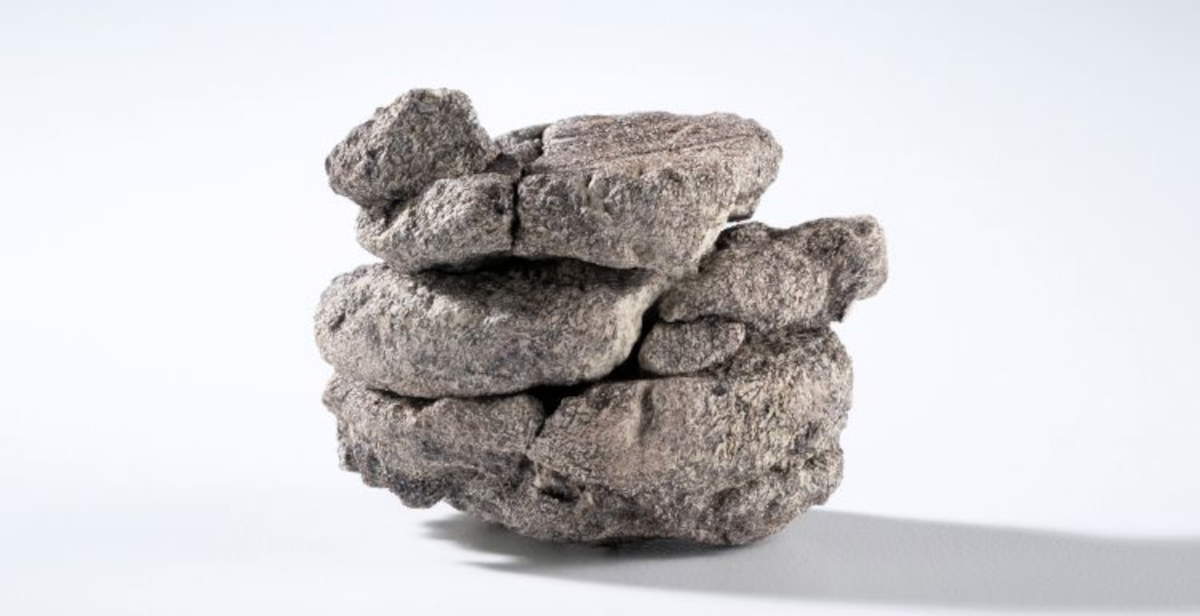An unexpected find has caught the attention of the international scientific community: the Denver Museum of Nature & Science (Denver, Colorado) has announced that it has discovered a dinosaur fossil just beneath the parking lot of its headquarters inside Denver’s City Park. The discovery occurred in January during a geothermal drilling project. The work was aimed at evaluating the possibility of replacing the current natural gas heating system with a geothermal system as part of a transition to renewable and sustainable energy sources.
At that time, the museum team decided to combine the technical intervention with a scientific investigation of the geological node, with the intent of contributing to the understanding of the structure of the Denver Basin. However, the initiative, which began as a supporting study, led to a completely unexpected result: the discovery of a fossil dating back to the Late Cretaceous, identified at a depth of about 232 meters below the surface. According to the data that emerged, it is the oldest and deepest dinosaur fossil ever discovered within the city’s urban boundaries.

“This is a scientifically and historically exciting discovery for both the Museum and the larger Denver community,” said James Hagadorn, curator of geology at the Museum. “This fossil comes from a time just before the mass extinction that wiped out the dinosaurs and offers a rare window into the ecosystem that once existed just beneath modern Denver.”
The find, a partial bone, has been identified as a vertebra belonging to a herbivorous dinosaur. Patrick O’Connor, the museum’s director of Earth and Space Sciences, was part of the team that analyzed the fossil and confirmed that it belonged to the Late Cretaceous era, estimating its age at about 67.5 million years. The scientific study on the discovery was published in the peer-reviewed journal Rocky Mountain Geology, a reference for the academic community in the field of earth sciences.
“This may be the most unusual dinosaur discovery I’ve ever been a part of,” O’Connor said. “Not only is it exceptionally rare to find any fossils as part of a drilling project, but the discovery provided an exceptional collaborative opportunity for the Museum’s earth science team to produce a paper led by Denver Museum of Nature & Science postdoctoral scholar Dr. Holger Petermann.”

Currently, the fossil bone is on public display within the museum’s permanent exhibit entitled Discovering Teen Rex, where it is presented in the context of recent paleontological discoveries in the region. The placement in the exhibition allows visitors to take a closer look at the find and understand its scientific relevance, particularly for understanding the deep geology of the urban area.
The entire geothermal drilling project is part of a Colorado state-funded program aimed at promoting the energy transition. In fact, in 2024, the museum was awarded a $250,000 grant through the Geothermal Energy Grant Program sponsored by Governor Jared Polis and administered by the Colorado Energy Office. The funding is part of a larger $7.7 million state plan designed to reduce greenhouse gas emissions and incentivize the adoption of clean energy systems. In the case of the museum, the grant is helping to assess the feasibility of a geothermal plant to heat and cool the facility in a sustainable manner.

According to Bob Raynolds, a longtime associate in Earth science research at the museum, the project provided results far beyond expectations. For Raynolds, the discovery of the fossil, which occurred in the context of an intervention aimed at energy efficiency, represents an opportunity to expand paleontological knowledge of the Denver Basin. In particular, the fossil fuels the possibility that other similar finds may still be hidden underground in the city, under buildings, roads and areas that have been urbanized for decades.
“In my 35 years at the Museum, we’ve never had an opportunity like this-to study the deep geological layers beneath our feet with such precision. That this fossil came here, in City Park, is nothing short of magical,” claims Reynolds.
The find is also a concrete example of how environmental projects can intersect with scientific research activity, generating synergistic results. In this case, the geotechnical study produced data that was useful both for the museum’s energy transition and for in-depth study of urban stratigraphy and paleontology.
 |
| Dinosaur fossil discovered under Denver Museum parking lot |
Warning: the translation into English of the original Italian article was created using automatic tools. We undertake to review all articles, but we do not guarantee the total absence of inaccuracies in the translation due to the program. You can find the original by clicking on the ITA button. If you find any mistake,please contact us.